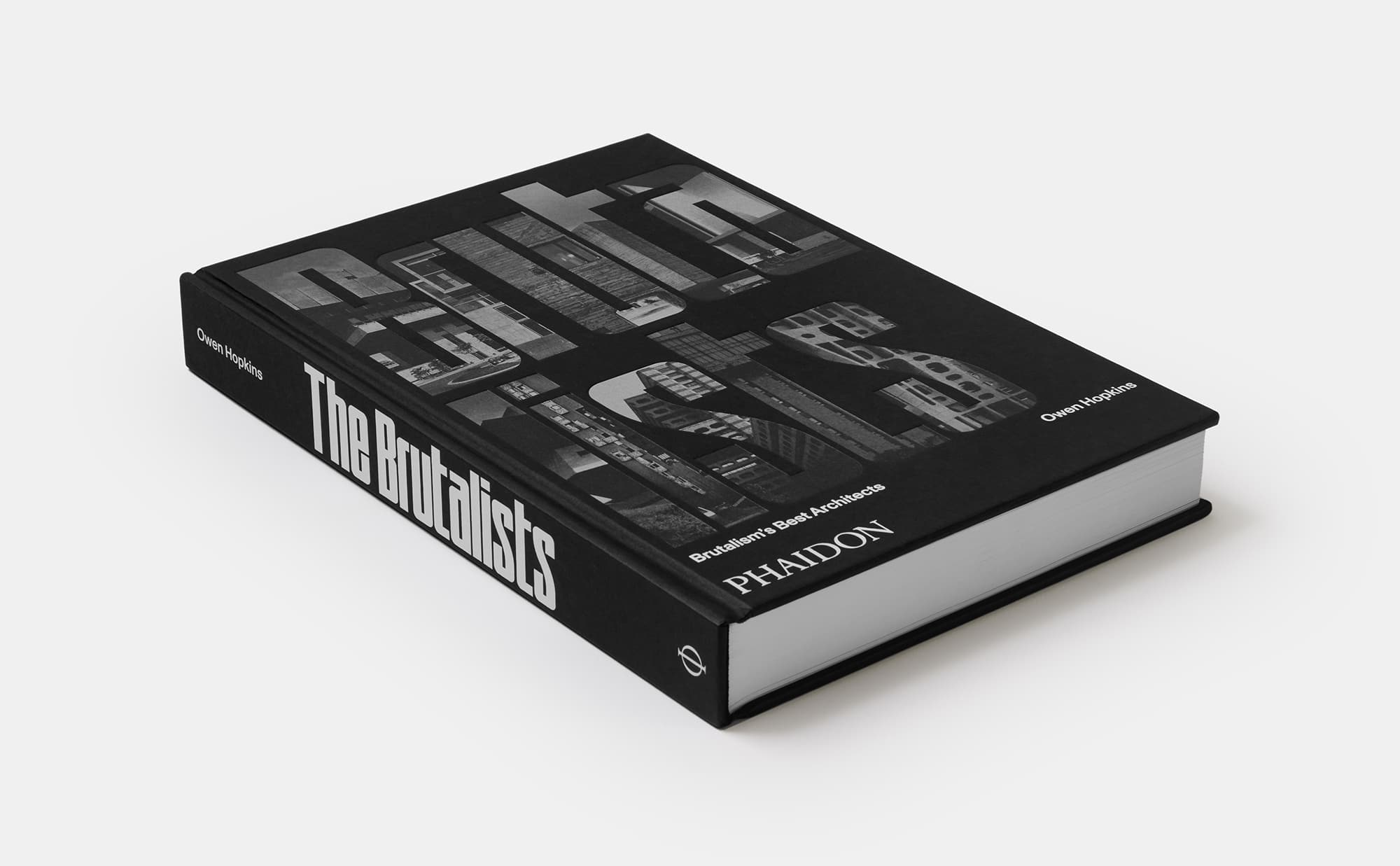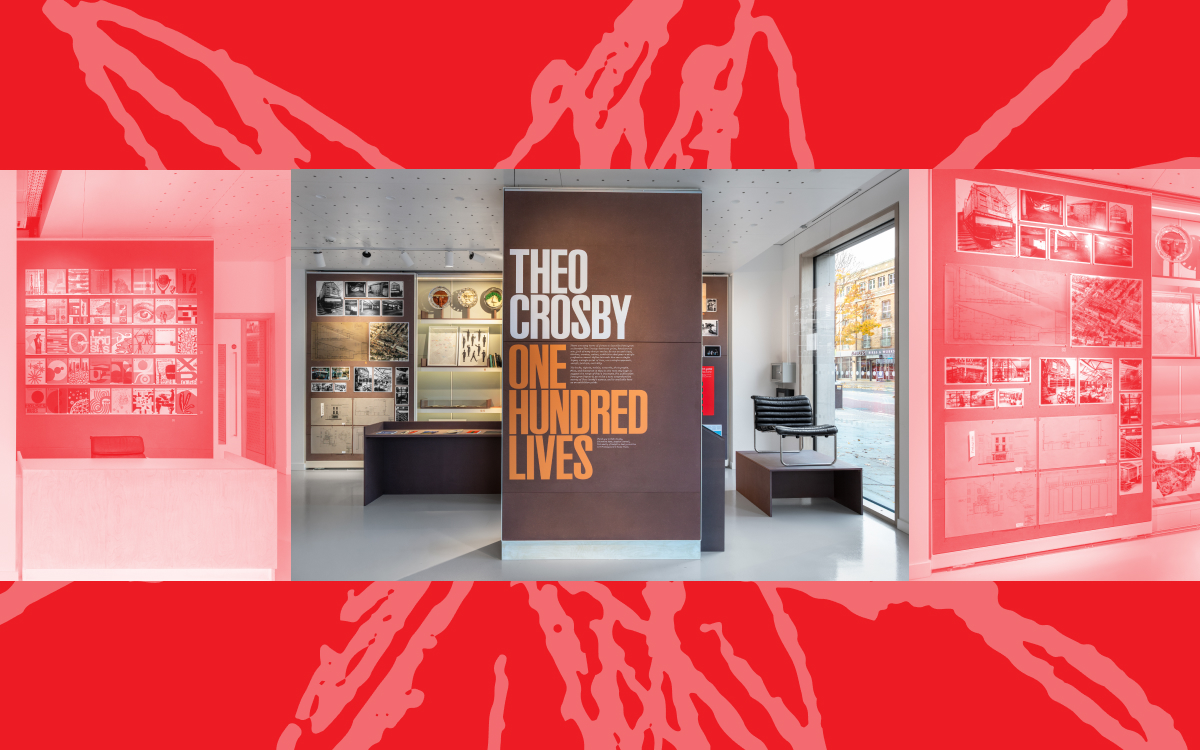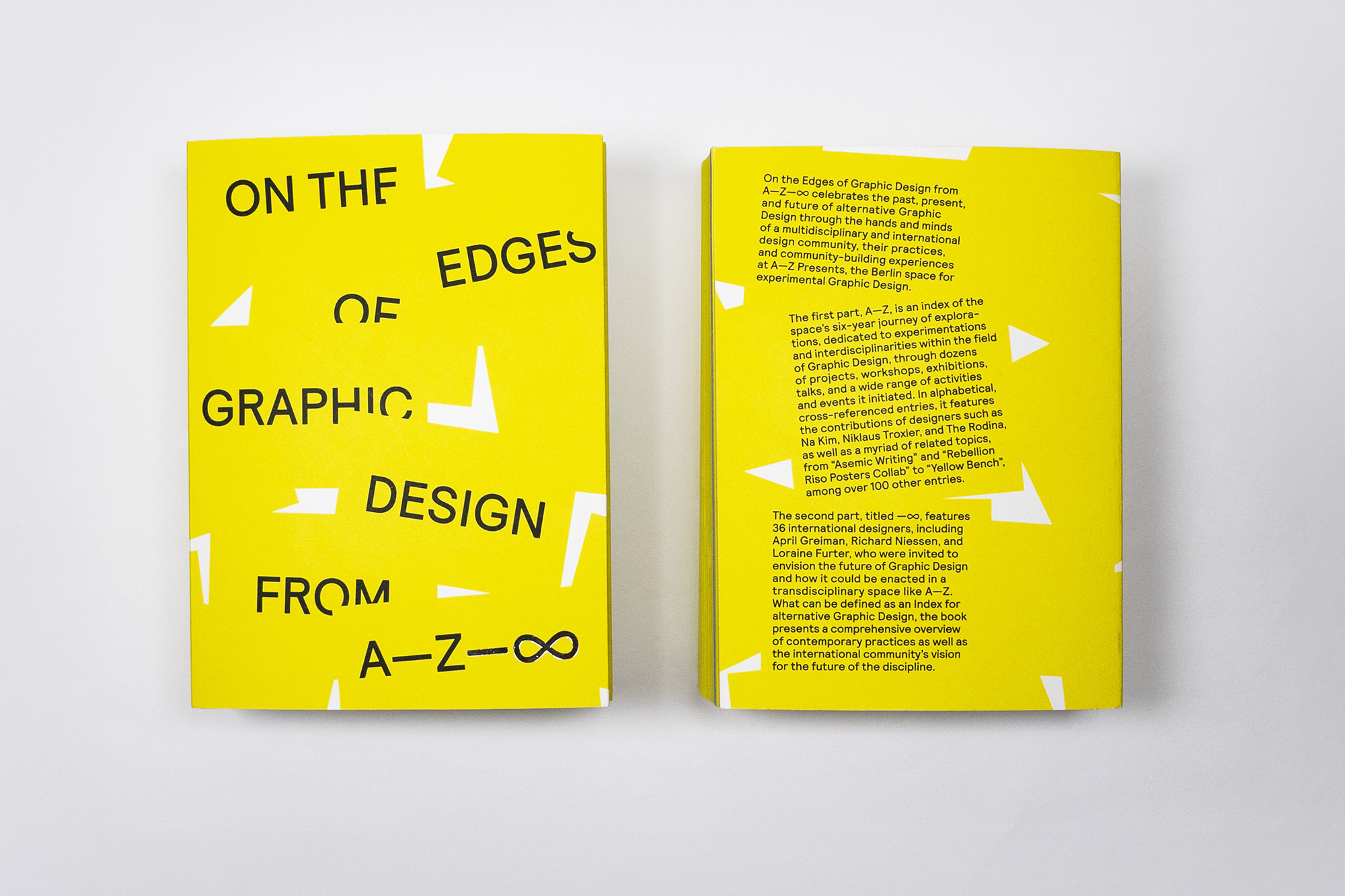This essay has been adapted from The Brutalists, published by Phaidon. It is available to purchase here. It was republished here with permission from the publisher.
For years Brutalism was shunned by popular opinion, widely perceived as architecture so manifestly bad, so obviously against natural human scale, values, and aesthetics that it was barely architecture at all. Where dissenters existed, they were confined to a small circle of eccentrics, enthusiasts, and contrarians who seemingly reveled in their admiration of something so obviously beyond the pale. Today the situation is rather different. While mainstream attitudes remain much the same, over the last decade and a half, the band of devotees has expanded dramatically. Brutalism has been recuperated, recast and revalued for the very things its detractors hate: its bold, sculptural energy and its frequent social mission. Brutalism, it would seem, is cool, so much so that it’s crossed into the world of celebrity trends and fashion. Even Gwyneth Paltrow is a fan.
There are few, if any, architectural styles that inspire such devotion or passion – or latterly, such a range of books and associated merchandise. Then again, Brutalism is not just about raw concrete but constitutes a whole outlook on life. For some, it’s part of a political project: a tangible manifestation and reminder of the egalitarian policies of the post-war era. For others, it runs even deeper: a philosophy or way of thinking about the world and our individual and collective places within it; a belief that the world can change profoundly. Either way, Brutalists are no longer confined to the margins or hiding in plain sight or otherwise; they are everywhere Rarely, if ever, in human history has a group of architects so fundamentally broken new ground in imagining how architecture might reshape the world. Brutalists gave identity and meaning to vast modern housing estates that would lift millions out of squalid living conditions; created communal buildings – from libraries to civic centers – that reflected a public sector confident about and proactive in its role in improving society; designed churches and ecclesiastical buildings embodying religion remade for the twentieth century; and produced structures that would powerfully and enduringly mark events in the past and in doing so point to a different future.
Brutalists aspired to no less than bringing into existence a new world, and it’s this ambition, manifest so vividly in its architectural forms, that so captivates Brutalist advocates and aficionados today. That there are these two distinct types of Brutalists – the creators and followers – is no real surprise. Brutalism, after all, is an architecture defined by duality; that is, the way it brings together opposing, even contradictory ideas or impulses into thrilling, creative tension.

Brutalism was a classic ‘late style’, sitting somewhere between Modernism’s high point and its final unraveling in what became postmodernism. Modern architecture burst onto the scene in the 1920s, offering architects a bold and refreshing way forwards that embraced the possibilities of industry and resultant new building technologies. Brutalism played out when these ideas were under growing suspicion and critique – both in theory and practice. But rather than rejecting Modernist ideas – as postmodernism would do – Brutalists doubled down on them.
In this regard, one definition of Brutalism might be as the bold, heroic attempt to reconcile the contradictions that had begun to undermine late Modernism: its technocratic, top-down nature; its high-handed rejection of traditional styles; and, in light of the apparent failure of so many projects put forwards in the name of progress, the very idea that architecture itself might effect meaningful social change. It’s this bringing together of opposing, seismic forces that, I argue, gives Brutalism its vigor, its cultural energy, and its formal dynamism – and it’s also what led to its downfall. As Modern architecture’s contradictions grew ever more stark, there came a point where it simply wasn’t possible to bring them together, and in the way that autumn turns suddenly to winter, Brutalism was finished.
When one thinks of Brutalism as a way of bringing together divergent or even contradictory ideas, positions or situations one soon realizes this duality was there at its inception – or rather, its inceptions. One of the curious things about the movement is that there are actually two Brutalisms: one with very specific origins and another that was a global movement emerging in a range of places. Although etymologically the word ‘brutalism’ derives from the French béton brut (raw concrete) and was used for the first time to describe a house in Sweden, the ‘New Brutalism’, as it was first known, was a decidedly English movement, most closely associated with the architects Alison and Peter Smithson and the critic Reyner Banham.
Writing in the Architectural Review in 1955, Banham outlined the fundamental characteristics of a New Brutalist building as, ‘1, Memorability as an Image; 2, Clear exhibition of Structure; and 3, Valuation of Materials “as found”’. Though Banham cited the Smithsons’ Hunstanton School in Norfolk, England, as the project that most clearly embodied the new movement, he devoted much attention to its close affinities with art, notably the work of figures such as Eduardo Paolozzi, Nigel Henderson, Magda Cordell and Richard Hamilton. All were members of the Independent Group, a group of artists, architects and critics (which, as well as the Smithsons, included architect Colin St John Wilson among its number) who had come together in the early 1950s through a mutual interest in breaking down the hierarchies between high and low culture and in the artistic potential of the ‘found’ object.
In the title of his 1966 book-length follow-up to the article of the previous decade, Banham posed the question of whether Brutalism was an ethic or aesthetic. The answer, if one follows this notion of Brutalism as defined by duality, was that it is clearly both. Nowhere was this more vividly exemplified than in the Smithsons’ later Robin Hood Gardens estate in East London, which exhibited all the things we now associate with Brutalism: sculptural massing, raw concrete and social mission. But, by the time it was completed in 1972, the zeal that had driven the Smithsons two decades earlier was wearing off, and to such an extent that in a documentary about the estate Alison Smithson was moved to wonder whether the pre-eminent role that architects had enjoyed ‘may be really stupid’, adding ‘we may need to rethink the whole thing.’
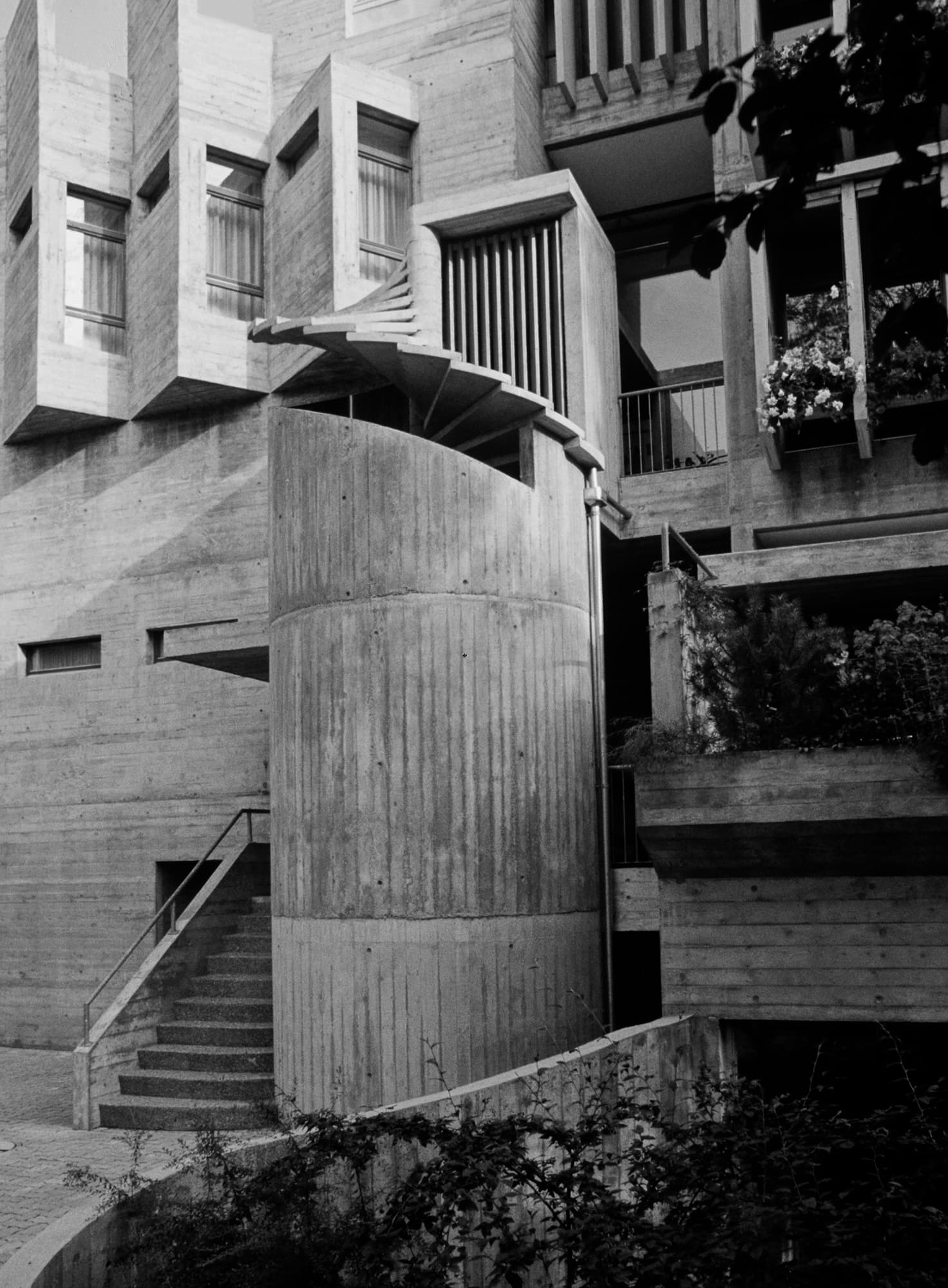
Atelier 5. Wohnbauten Brunnadern Urban Villas, Bern, Switzerland, 1970. Picture credit: Atelier 5. Courtesy Phaidon.
No such doubt plagued the Smithsons during Brutalism’s early years. Nor were they alone in their reforming fervor – at home or abroad. They found kindred spirits among members of Team X, a group of architects who had come together through a shared dissatisfaction in Modernist orthodoxy at the 1953 meeting of the Congrès Internationaux d’Architecture Moderne (CIAM). Team X argued for a rougher, people-oriented Modernism, in a sense a re-radicalization of first-generation Modernist principles from which would emerge Brutalism and Dutch Structuralism, while also influencing Japanese Metabolism. Each of these movements constituted a distinct position on Modernism, yet they were always closely related with much overlap.
This leads us to another of Brutalism’s dualities: the way it sought to bridge the global and the local. Even with these early international connections, it would take nearly a decade before Brutalism would emerge as a pre-eminent force in world architecture, and perhaps the first truly global architectural movement. In the latter regard, it differed considerably from the International Style, which, despite its name, was global only insofar as it saw essentially the same steel and glass towers replicated in cities across the world irrespective of local cultures, traditions or climates. Brutalism, in contrast, was always more interested in drawing from the local in the forms it deployed, the way buildings related to their sites and, to an extent, materials. In this, it pre-empted ‘regionalism’, which is usually seen as a part of postmodernism, but was first manifested in Brutalism.
That said, for all its interest in the local, Brutalism was still very much borne out of Modernism’s universalizing mission, reflecting the profound belief in architecture’s ability to positively harness the forces of modernity. What differentiated the global Brutalism of the 1960s and 1970s from earlier Modernisms and even from the New Brutalism was the extent to which this universalizing mission rested not on ideology, nor even on concrete, but on its attitude to energy. Brutalism was the architecture of the age of oil, reflecting, whether consciously or not, the widely held assumption that oil would be cheap and plentiful in perpetuity.
Once you look at a Brutalist building through this lens it’s hard to see it otherwise. All that concrete is highly energy intensive, not only to build but also to run. Moreover, Brutalists rarely felt the need to bother with double glazing or worried about solar heat gain or cold bridges because everything could be regulated by mechanical environmental controls, powered ultimately by oil. That was the idea at least. After the 1973 oil crisis, the reality proved very different. Nevertheless, this attitude to energy – which was not limited to architecture, of course, but encompassed planning and infrastructure and, indeed, much of society – would connect projects in very different settings or contexts as part of a broader Brutalist world.
Brutalism’s bridging of the global and the local – in a sense a duality of place – is also reflected in a duality of time. Brutalism’s embrace of the Modernist triumph of technology – and specifically the notion that technology offered the key to unlocking a better future for all – was implicit in every manifestation of the style. But in many instances, it wasn’t simply the backdrop to the design but was its driving force.
We tend to think of High Tech as the late modern style that celebrated technology – and that is certainly true, too. But Brutalists were capable of creating structures as futuristic and space-age as any High Tech architects, and often arguably more so. With rare exceptions during the 1960s and 1970s, High Tech was rather ironically hamstrung by technology itself, which was always decades behind the bold visions popularized by the likes of the avant-garde architectural group Archigram. Brutalists, in contrast, made that future real thanks to the extraordinary structural properties of reinforced concrete, which was pushed to its limits by cutting-edge engineering. From Zvi Hecker’s City Hall at Bat Yam, Israel (1963) to Agust.n Hern.ndez Navarro’s Praxis Home in Mexico City, Mexico (1970), Brutalists didn’t just aspire to create the future, they showed it was here already.
Just as it looked forwards, Brutalism also harked back. At Robin Hood Gardens, for instance, the Smithsons had (rather improbably) claimed the classical Royal Crescent at Bath, England, as a precursor. But as the late postmodernist critic, Charles Jencks told me, once you put the two side by side, it’s the differences you notice. Chamberlin, Powell & Bon’s Barbican Estate in London (1976) was rather more convincing in its historical allusions, with its medievalizing parapets, arrow slits and Romanesque-style capitals topping massive, bush-hammered concrete piers. One can say something similar about Kallmann, McKinnell & Knowles’s Boston City Hall and plaza (1968), which was inspired by the sloping piazza in Sienna, Italy. And, of course, this idea of referencing previous moments in architectural history is core to South American Brutalism, which was frequently distinguished by its relationship to indigenous pre-Columbian architecture with its massive ziggurats and temple forms, serving as a way of localizing international Modernism by embedding it in time as well as place.
Beyond the examples cited above, there’s a strong current of Brutalism that looked beyond human history altogether to geological time through the combination of scale, form and materiality. This in itself could take many guises – from the Brutalist landscapes of Lawrence Halprin to the organicism of George Adilon and to the volcanic architecture of Fernando Menis, which emerges from, and remains of, the ground.
Brutalists’ assimilation of the geological and in effect, the hyper-man-made was not simply a formal thing but depended on how Brutalist buildings were made. And here lies a further duality: Brutalism’s embrace of the handcrafted and the machine-built – two fundamentally opposing approaches, yet both fundamentally part of Brutalism.
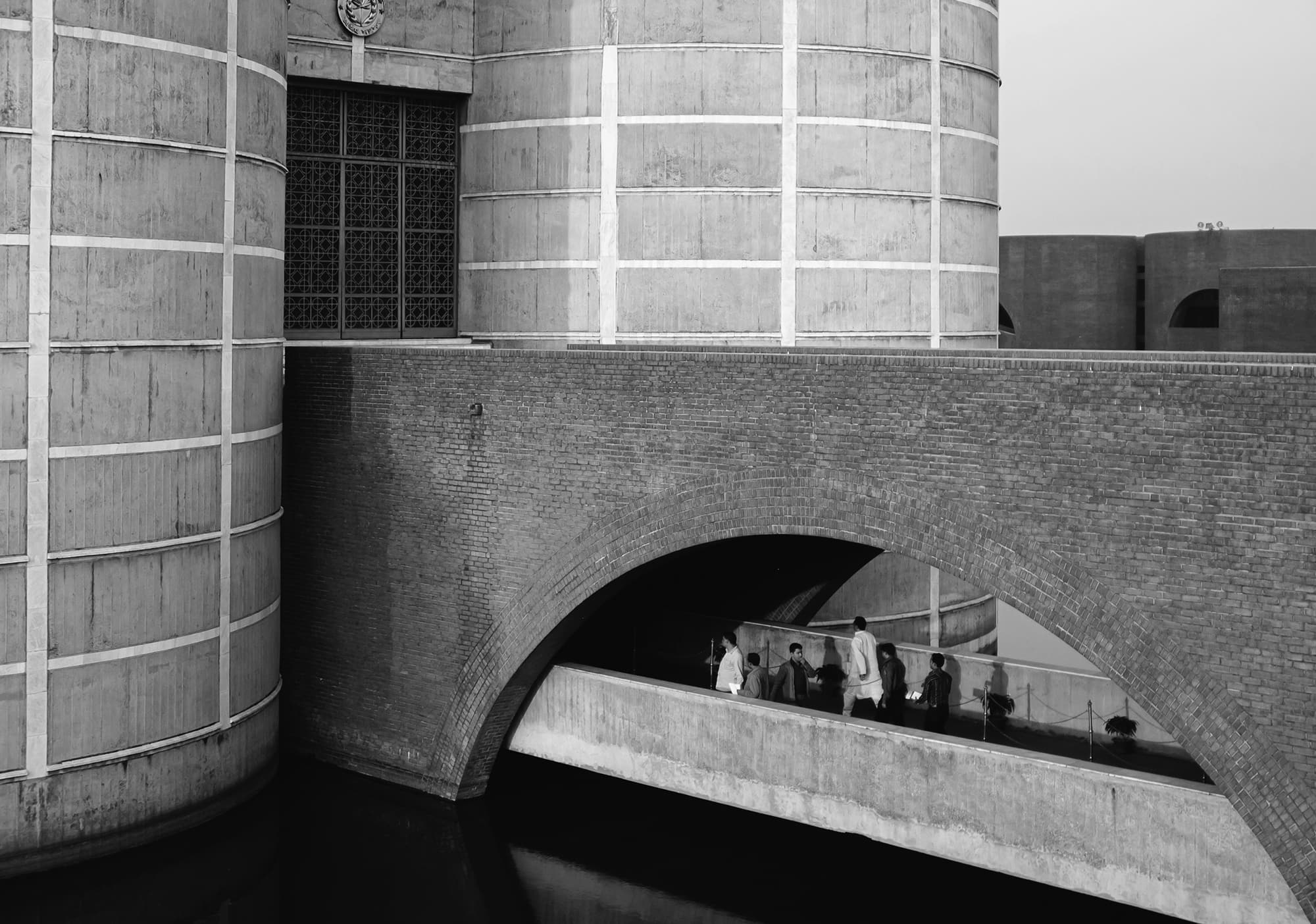
The Brutalist dualities discussed so far – specific origin and international movement; the universal and the local; the futurist and the historicist; the systematized and the individualistic – are all largely to do with the broader culture in which Brutalism exists and how this is manifest in the buildings. There’s actually an even more fundamental dualism that lies at the heart of Brutalism, emerging from the buildings themselves; and that’s in the age-old relationship between form and structure.
For much of architectural history, form has represented structure: classical columns are in essence structural devices, Gothic vaults and arcades similarly derive from structure and in Modernism form remained to a large degree a reflection of structural innovations. Even in functionalism, where a building’s function determines its form, form and structure remain distinct. Brutalists, however, conceived form and structure together, so they are one and the same, with thrilling and poetic results. On one level, this is simply a reflection of Brutalism’s materiality, notably the way reinforced concrete hides steel reinforcement bars within the concrete is itself a synthesis of form, material and structure. But it extends further to how the Brutalists used that material. Just look, for example, at the wholly integrated mountainous exterior and cave-like interior of Gottfried and Elisabeth B.hm’s celebrated Sanctuary of Mary Queen of Peace Pilgrimage Church at Neviges in Germany), or the sculptural piloti and elevated platforms for social interaction of Jo.o Batista Vilanova Artigas’s Faculty of Architecture and Urbanism, University of S.o Paulo, or the haunting war memorials of Bogdan Bogdanović or, frankly, anything by Paul Rudolph).
As the winds of architectural change swept Brutalism away, some Brutalists quickly saw which way the wind was blowing and followed, some grudgingly, some freely. A few Brutalists stuck the course, though with their opportunities to build hugely diminished. But Brutalism was always more than just a style. For those most committed Brutalists, it was architecture itself. And so, there has remained a steady stream of architects who, even today, design in ways that can be readily called Brutalist, looking back to the movement’s glory days in the 1960s and 1970s, but also pushing it in new directions and remaking it for the twenty-first century.
In the age of climate emergency, we cannot shy away from asking serious questions about the legitimacy of an architecture based on such a carbon-intensive material as concrete. At the same time, after Black Lives Matter and the light it has shone on the glaring racial injustices that plague contemporary society, which all of us are impelled to change, we cannot pass over the fact that so few Brutalist architects are people of color. Moreover, it sadly almost goes without saying that, with some notable exceptions, women remain in the distinct minority among Brutalist architects.
Given this, it is not unreasonable to ask whether, instead of celebrating Brutalists, we should actually consign them to the past and stop clinging to an architectural relic of another age. For sure, Brutalism is flawed – and in its attempts to bring together the seemingly irreconcilable contradictions at the heart of Modernism it was at times folly, too. Like all architectural movements, Brutalism was a reflection of its time – and times change. It had many faults but, at its best, it demonstrated, with a rare visceral energy and power, architecture’s potential to remake the world – and for the better. As we grapple with the myriad challenges facing us collectively today, those individuals who believe the world can be changed and who work tirelessly to achieve it are needed more than ever. Bring on the Brutalists.
